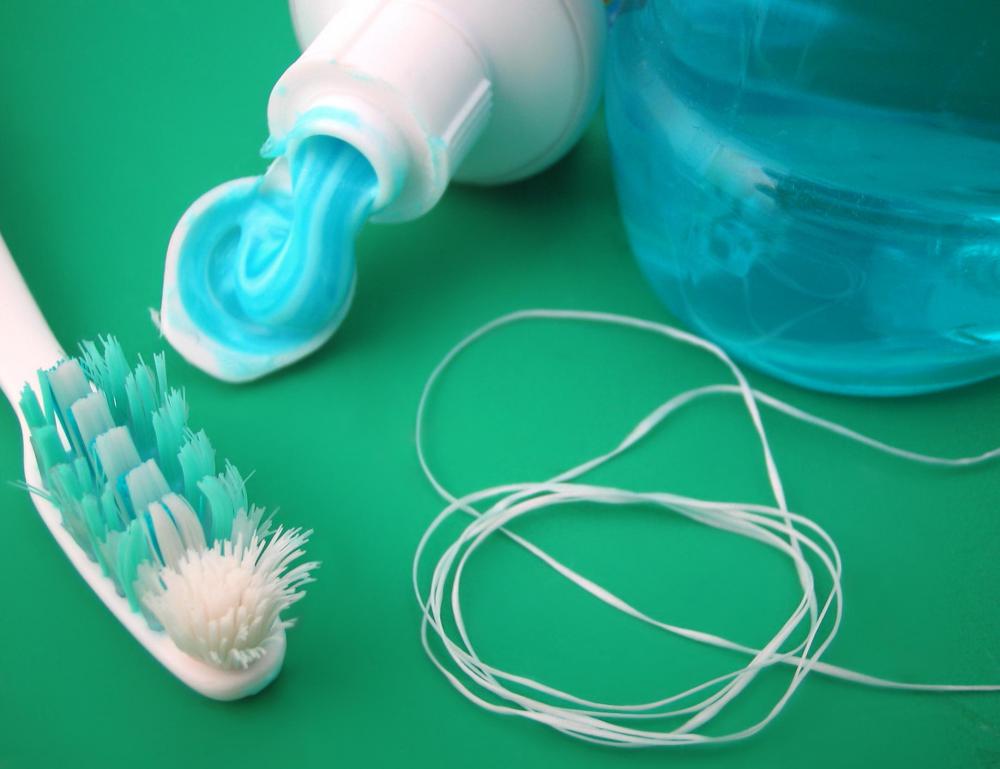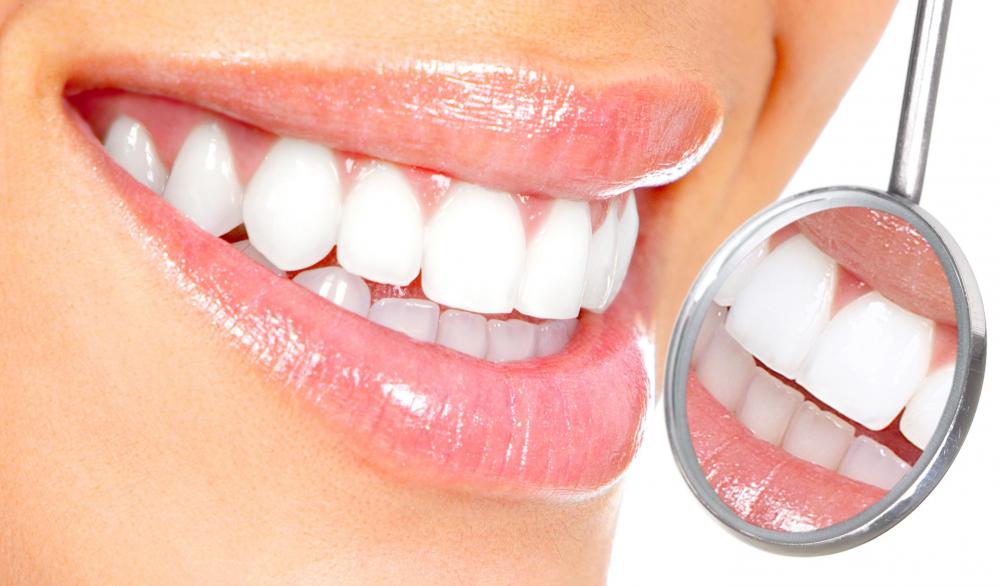At TheHealthBoard, we're committed to delivering accurate, trustworthy information. Our expert-authored content is rigorously fact-checked and sourced from credible authorities. Discover how we uphold the highest standards in providing you with reliable knowledge.
What are Dental Bridges?
Dental bridges are prosthetics used in cosmetic dentistry to fill a gap in existing teeth. Rather like dentures, a dental bridge is shaped and colored to look like one or more real teeth, matching the shape and size of the missing teeth they replace. Unlike dentures, most bridges are not removable. The bridges are affixed using the real teeth to either side of them, creating a semi-permanent replacement for the missing teeth. Dental bridges are also called pontics, though the typical bridge is often referred to as a traditional fixed bridge.
Bridges provide a variety of benefits. When gaps exist in teeth, the remaining teeth can begin to drift or turn. Dental bridges help keep teeth properly aligned by filling the gap and bracing the teeth in position. They can also aid with underbites or overbites, and help preserve the health of the surrounding teeth and gums — along with the additional cosmetic benefits of a full set of healthy teeth.

The process of attaching dental bridges is fairly simple. Once a custom-fitted bridge has been crafted to match the color, size, and shape of the missing teeth, the dentist prepares the teeth to either side of the area. These teeth, known as the abutment, act as support for the bridge. The teeth are partially filed and capped with a crown. The dental bridge is then fused to the material of the crown, creating a single piece that, with proper dental hygiene, can last for up to ten years.

In the event that a tooth gap has healthy teeth only to one side, something called a cantilever bridge may be used. The false teeth are affixed over the tooth on the only available side, sometimes using more than one tooth for leverage. Another type of bridge is the resin bonded bridge. These use a different attachment process, and are usually used on healthier teeth with no fillings or other dental work. They use metal bands to fuse to healthy teeth via a type of resin. The bands and the resin are both attached in a way that allows them to remain concealed.

With improper care, the teeth and gums around dental bridges may become infected. This can also happen in the event of an improperly shaped or fitted bridge, which may cause pain or irritation. Few other side effects have been reported, save for temporary increased oral sensitivity to temperatures after the initial procedure. Some patients, however, may not be eligible for dental bridges for various reasons, including patient health, and should always consult a dentist to determine the feasibility of the procedure.
AS FEATURED ON:
AS FEATURED ON:















Discuss this Article
Post your comments